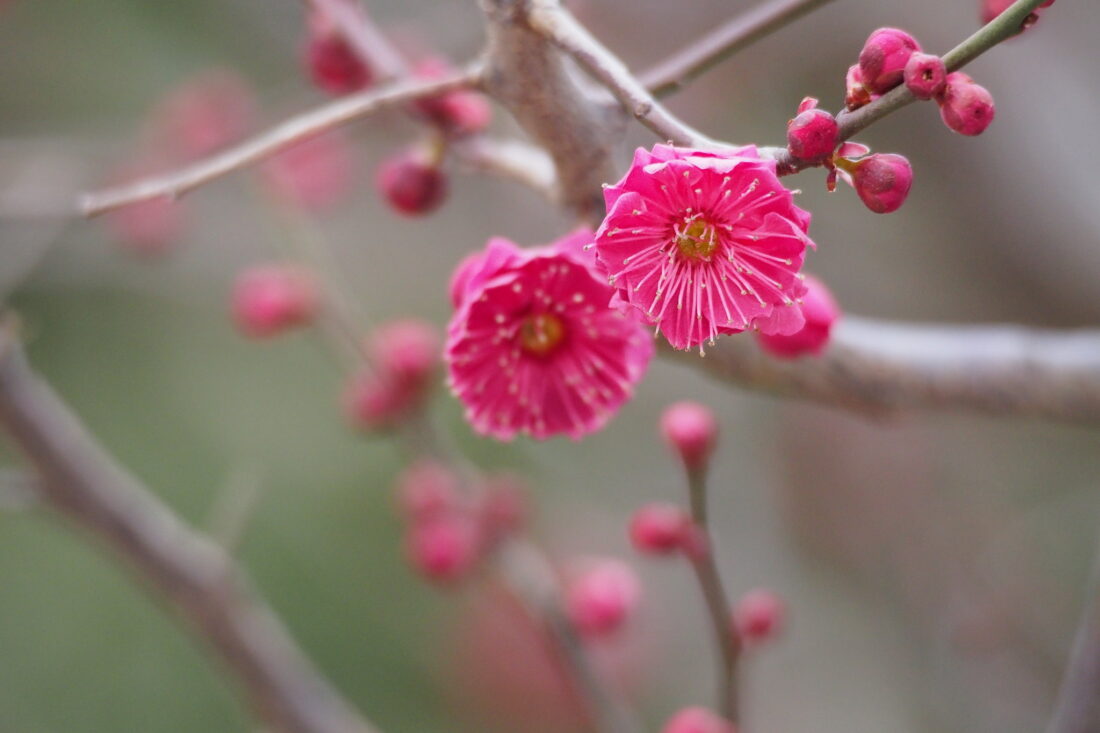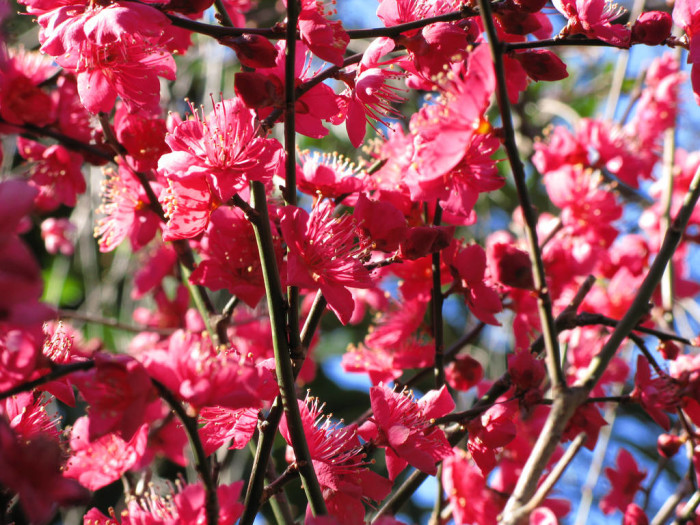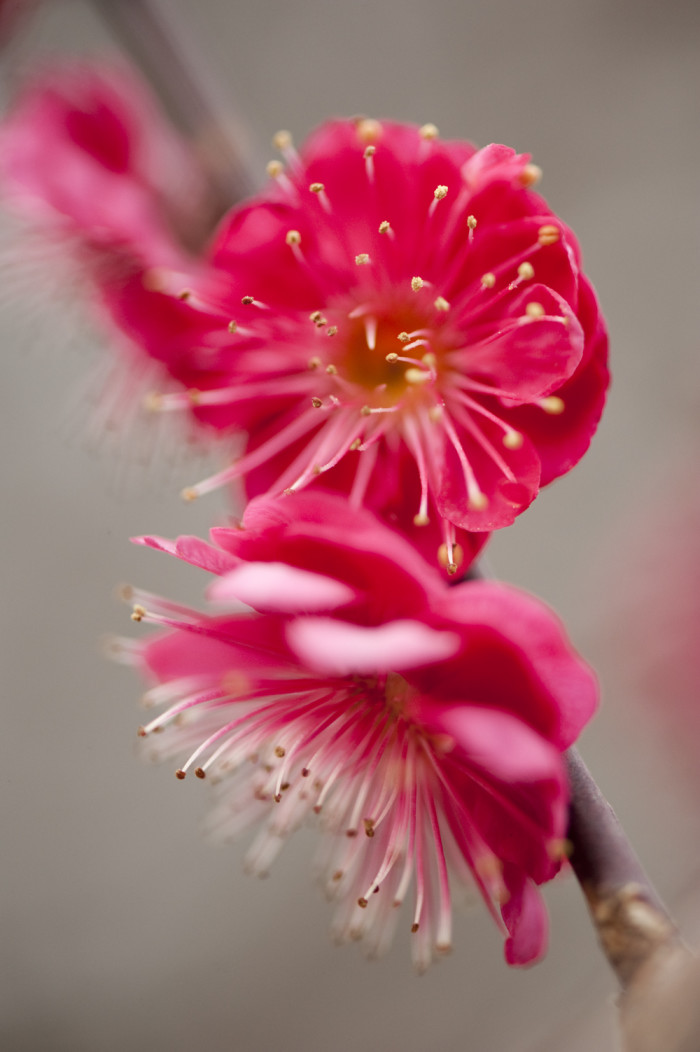That is the primary yr of college for our children in New England. My spouse grew up in Pennsylvania, and I grew up in North Carolina. Throughout our college years, we turned accustomed to a week-long Spring Break, normally across the Easter vacation. In New England, we realized, our children get two week-long breaks after the New 12 months. They get a mid-winter break that coincides with Presidents’ Day in addition to a Spring Break that features Patriot’s Day. Patriot’s Day is formally a vacation in Maine and Massachusetts and might be greatest referred to as the date of the Boston Marathon.

Now that we’ve nearly made it by our first winter in Maine, we clearly perceive why the children have two breaks. The primary is to flee the snow. The second, I’ve been informed, is to take a break from the mud attributable to the thawing floor. We determined to make use of this primary mid-winter break to go south to my residence state of North Carolina to see household and pals. We’re staying the week with my mom, who lives on the outskirts of Raleigh. Round her house is a hodgepodge of crops that I acquired whereas learning and dealing in Raleigh.
Instantly adjoining to her again deck is a small tree that I had almost forgotten. It’s Prunus mume, or Japanese flowering apricot. The label was misplaced years in the past, however I consider it’s the double-flowered cultivar Peggy Clarke. This tree was given to me round 1994 by the late J.C. Raulston. Dr. Raulston, whereas at N.C. State College, turned the Johnny Appleseed (or on this case, Apricotseed) of Prunus mume.
Prunus mume – Japanese flowering Apricot
J.C. used to carry free lectures on campus, speaking about new crops or travels he had taken (he had visited each county in each state within the U.S.). After the lecture, he had a means of preserving folks of their seats: he gave away free crops. A kind of giveaways is now a 20-foot-tall tree subsequent to my mom’s deck. I obtained it as a six-inch rooted slicing in a two-inch pot, planted it within the floor, and let it develop.
For almost 20 years, that little slicing has flourished right into a full-sized tree. Each January, simply as winter begins to tug on, my mom calls or sends a word to inform me how lovely the tree appears to be like in full bloom. That’s the magic of Prunus mume—it flowers in mid to late January, proper across the identical time as witch hazels, overlaying itself in delicate pink or white blossoms that brighten the winter panorama when little or no else is in bloom.
Why You Ought to Develop Prunus mume
Flowering apricots aren’t simply lovely—they’re extremely resilient and rewarding for these keen to experiment with them. Initially from China and broadly cultivated in Japan, Prunus mume has been grown and admired for hundreds of years, with almost 300 totally different cultivars accessible in Japan. Within the U.S., availability is extra restricted, however a handful of wonderful cultivars will be discovered, every providing a special colour and flower kind:
- ‘Peggy Clarke’ – double pink flowers
- ‘Matsubara Crimson’ – double pink flowers
- ‘Daybreak’ – double pink flowers
- ‘Rosemary Clarke’ – double white flowers
Do Flowering Apricots Produce Fruit?
Sure, however don’t anticipate something just like the frequent apricot (Prunus armeniaca). The small, apricot-like fruits are thought-about edible in Asian cultures, although they are usually too bitter for many Western palates. In Japan, the fruit is usually salted, dried, or cured in alcohol to make umeboshi (a kind of pickled apricot) or umeshu (a plum-like liqueur). In a house backyard, the fruit isn’t normally the primary attraction—it’s all about these early, aromatic flowers.

How Hardy is Prunus mume?
Japanese flowering apricots are hardy in USDA zones 6-9, although in colder climates, they might want some safety. They thrive in full solar to partial shade and like well-drained soil, making them pretty adaptable in most backyard settings. In hotter areas, they’re dependable bloomers that may flower for a number of weeks in winter, typically starting when snow continues to be on the bottom.
Once I get again to Maine, I positively need to add Prunus mume to our zone 6a backyard. It’s more likely to be marginally hardy, however I’m keen to take the danger. Even when it solely flowers in some years, having a tree that blooms so early, earlier than even the primary crocuses emerge, can be price it.
Do you develop Prunus mume in your backyard? If that’s the case, how has it carried out for you?
—Rodney
Photographs: treesandshrubs.about.com, New York Botanical Backyard

